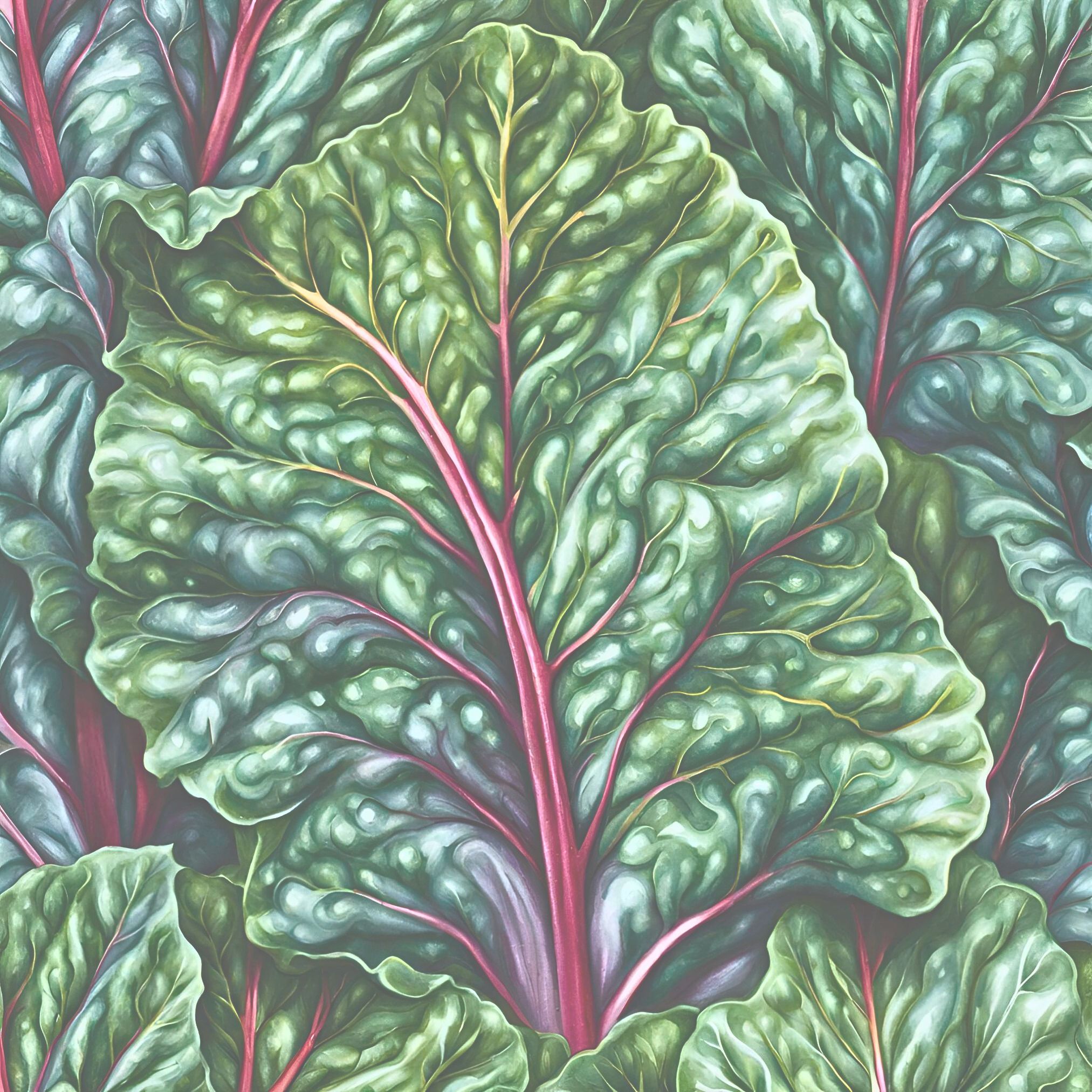
5 Easy Vegan Cheese Aging Setups for Beginners (No Fancy Equipment Needed!)
If you’re still asking, “Does vegan mean dairy-free?”, aging your own plant-based cheeses is the ultimate way to prove that vegan cheese can be just as complex, funky, and luxurious as dairy. The secret? Proper aging conditions.
You don’t need a professional cheese cave—these beginner-friendly setups use everyday items to create the perfect humidity, temperature, and airflow for culturing vegan cheeses.
1. The Mini Fridge Cheese Cave (Best for Precision)
Why It Works:
- Consistent temperature (50-55°F / 10-13°C)
- Adjustable humidity with a bowl of saltwater
- Fits 4-6 cheese wheels
Setup Steps:
- Use a wine fridge or dorm fridge (disable the freezer).
- Place a small humidifier or bowl of salted water inside.
- Add a hygrometer ($10 on Amazon) to monitor humidity (aim for 85-90% RH).
Best For: Aged cashew cheddar, camembert-style cheeses.
Pro Tip: Add a USB fan for airflow to prevent mold overgrowth.
2. The Cooler Box Method (Budget-Friendly)
Why It Works:
- Uses ice packs to regulate temperature
- DIY humidity control with damp towels
- Portable and compact
Setup Steps:
- Line a hard-sided cooler with damp kitchen towels.
- Place cheeses on a bamboo mat (for airflow).
- Swap ice packs every 12 hours to maintain 55°F (13°C).
Best For: Short-aged cheeses (fermented feta, quick brie).
Pro Tip: Add a small bowl of saltwater to boost humidity.
3. The Wine Cooler Hack (For Small Spaces)
Why It Works:
- Maintains 54-57°F (12-14°C) naturally
- Glass door lets you monitor cheeses
- Fits on a countertop
Setup Steps:
- Use a 12-bottle wine cooler (no modifications needed).
- Store cheeses on bamboo sushi mats for airflow.
- Spritz with saltwater 2x/week for humidity.
Best For: Bloomy rind cheeses (vegan camembert, truffle brie).
Pro Tip: Rotate cheeses daily for even aging.
4. The Bread Box Cheese Cave (For Dry Aging)
Why It Works:
- Wood regulates humidity naturally
- Good airflow prevents excess moisture
- Compact and stylish
Setup Steps:
- Use a wooden bread box with a loose-fitting lid.
- Place cheeses on parchment paper.
- Keep in the coolest part of your kitchen (away from ovens).
Best For: Hard cheeses (vegan parmesan, almond gouda).
Pro Tip: Rub cheeses with olive oil to prevent cracking.
5. The Tupperware “Mini Cave” (Easiest for Beginners)
Why It Works:
- No special equipment needed
- Controlled microclimate
- Great for testing small batches
Setup Steps:
- Use a large Tupperware with ventilation holes.
- Add a damp paper towel for humidity.
- Store in a cool cabinet (60°F / 15°C max).
Best For: Fresh cheeses (vegan chèvre, ricotta).
Pro Tip: Open daily to release excess moisture.
📌 Pro Aging Tips for Beginners
✔ Flip cheeses daily (prevents flat spots)
✔ Monitor humidity (too dry = cracks, too wet = slime)
✔ Start small (1-2 cheeses at a time)
Coming in Part 2:
- How to Rescue Failed Vegan Cheeses (Too dry? Too slimy? Fix it!)
- Advanced Aging: Wooden Boards & Geotrichum Rinds
Sources Cited:
- The Art of Plant-Based Cheesemaking by Karen McAthy
- Miyoko’s Vegan Cheese Aging Guide
- The Vegan Cheese Science Project by Skye Michael Conroy
Which setup will you try first? Tag your aging experiments #VeganCheeseCave! 🧀🌡️
Next Up: 5 Common Vegan Cheese Mistakes (& How to Fix Them! 🚨

Leave a Reply